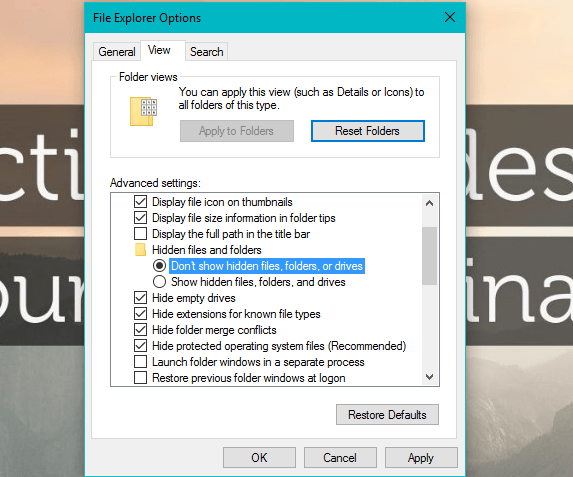
- #Unrarx all ok cant find file how to#
- #Unrarx all ok cant find file mac osx#
- #Unrarx all ok cant find file update#
- #Unrarx all ok cant find file rar#
- #Unrarx all ok cant find file code#
unar filename.rar For example: ll total 8 -rw-r-r.
#Unrarx all ok cant find file rar#
Once the package is installed, now is possible to extract RAR files.
#Unrarx all ok cant find file how to#
I was going nuts trying to figure out how to do this. Now proceed to install the package: yum install unar -y. I tried the instructions stated above, but may have actually not did it in the right order. My boss(actually the guy training me in on the Electrical aspect of drafting) is hoping that this is attainable. My understanding is that we should be able to have the main CUI be on our PC but the enterprise be on the network so that changes are updated automatically.

#Unrarx all ok cant find file update#
My boss would like to have it set up so that if he makes a change to a created command, or delete a command (because we dont use it often, if at all) it will update automatically and my PC will stay "in tune" with his. Have AutoCAD on my PC open up with all of his menus and pulldows. I have amended sources.list to only contain raspbian sources. Set the enterprise file path to the newly created CUI file. OK I have managed to use the unrar-nonfree command to extract a file I was following a guide that was meant for RPi and had no idea of the errors contained in it so thanks for putting me straight. Go back into options and set the original Main CUI path to the original CUI file. Drag and drop the desired items from the right pane to the lefft pane.ĩ. Right hand pane have the CUI that holds the pulldown menu that I want.ħ. I don’t think it’s specifically a sab issue, unless it a new build that was upgraded lately (I use the docker install and it’s 3.1.1 currently), I installed grabit on a machine and it seemed to complain as well. Left had pane have the newly created CUI. After the new path is set and AutoCAD automatically updates the new information type CUI again and enter the editor.Ħ. Exit the CUI editor and open up the options tab and make my newly created CUI as the Main CUI file path.ĥ. Go to the trasfer tab and on the right pane select "save as" Name it what I want, and save it to my desired location on my PC.Ĥ. Let me tell you how I understand the process and you let me know if my understanding is right.ģ. I followed the instructions you gave (from the help) and I am still lost. So in general patterns passed to find should be enclosed in '' to produce the desired result.So. In the second form the pattern (without the '') is passed to find and the wildcard expansion is done by find (which then tries to match every file it finds).iname foo.rar bar.rar but -iname only takes one argument). This will work ok if there is one file to match anyway but will fail if there are several (because then the call is find. In the first form, wildcards are expanded by the shell (so the shell will look for all files/folders matching *.r* in the current directory and pass these as parameters to find.iname '*.r*' relating to the way Unix shells handle wildcards: Note: There is a fine but important difference between find.
#Unrarx all ok cant find file mac osx#
One thing about the unrar command: unrar is not a standard command in Mac OSX (not sure if this is the case in other Linux/Unix distributions), so make sure you have it installed on your machine. The rm -f is a powerful command that you should use carefully, so think about what it would remove if you would execute it before you delete it, or just test this by doing: find. The -f flag makes sure that the files are deleted instantly, you won't be asked for your permission. Same in the second line, but now it is passed to remove (rm). It pipes all results to an argument list (xargs) that is passed through to the command 'unrar' The script works as follows: it searches recursively for rar files in the directory you are in (the dot) We must also make sure that the shell afterwards finds the binaries cd ~Įcho 'PATH=$PATH:/usr/local/bin' >. Open Terminal and run the following commands cd ~/Downloads/rar In Finder, open ~/Downloads and double click the downloaded file to unpack.If this is not an issue, adding rm -f "$rarfile" $.r? To mark it executable (so the shell recognizes it as a command).Īutomatic deletion has one caveat: unrar doesn't return an error status if things go wrong so you may loose your rar files.
#Unrarx all ok cant find file code#
Type #!/bin/bashįollowed by the code block at the top, save the file and exit. This gives you a simple editor for text files, essential commands are displayed at the bottom. Now if you want to have this as a script you can run, you can do the following cd ~ Key thing is to put the file name into "" when passing it to unrar to avoid any problems with spaces in the name. I assume you only want to scan the current folder (and not all other folders beneath it): for rarfile in *.rar do


 0 kommentar(er)
0 kommentar(er)
